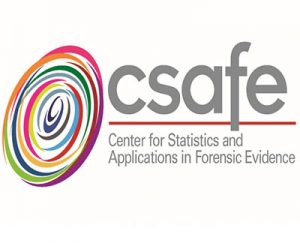The per curiam order reversing the Court of Appeals of Maryland is available here – http://www.supremecourt.gov/orders/courtorders/100515zor_4f15.pdf#page=77.
We hope to bring you more commentary on the ruling later this week. The state habeas litigation revolved around an FBI agent’s testimony as the prosecution expert on Comparative Bullet Lead Analysis, or CBLA. The expert did not find an “exact” match but sufficient similarity to conclude that the bullet that killed the murder victim came from Kulbicki’s weapon (and also matched a fragment in his truck).
Kulbicki argued that a report co-authored by the analyst showed how the FBI analyst had doubts even in 1991 “that bullets produced from different sources of lead would have a unique chemical composition.” Fundamental flaws in the assumptions and empirical basis for CBLA analysis led Maryland courts to reject CBLA evidence 15 years later, and the FBI to itself later disavow and discontinue use of the technique in 2005. The question was whether Kulbicki’s lawyer was constitutionally ineffective for not doing more to challenge the evidence at his trial. In Kulbicki, the Court held:
“Given the uncontroversial nature of CBLA at the time of Kulbicki’s trial, the effect of the judgment below is to demand that lawyers go ‘looking for a needle in a haystack,’ even when they have ‘reason to doubt there is any needle there.’ Rompilla v. Beard, 545 U. S. 374, 389 (2005).”
And:
“At the time of Kulbicki’s trial in 1995, the validity of CBLA was widely accepted, and courts regularly admitted CBLA evidence until 2003.”
As a result, the Court reversed the Court of Appeals of Maryland, which had found the trial lawyer to have been constitutionally ineffective for not locating that report, which in its view, had “presaged the flaws in CBLA evidence.”


Leave a Reply